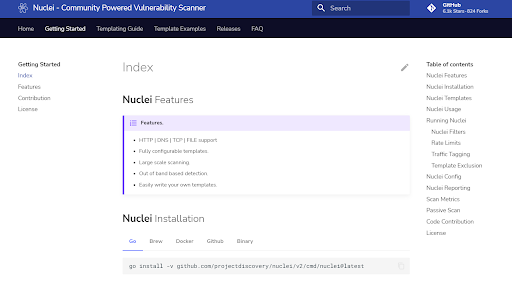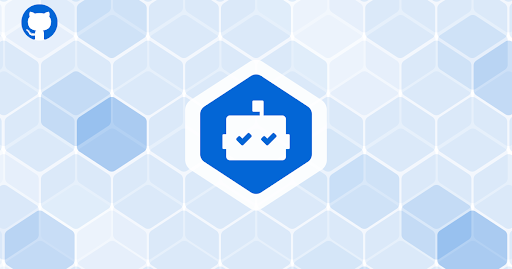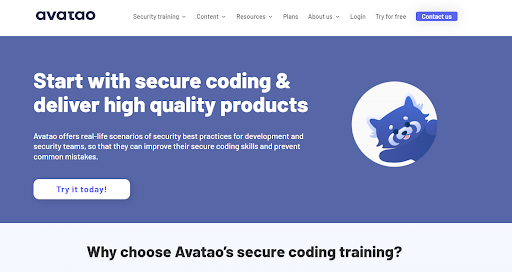Application security refers to security measures that are implemented at the application level to prevent a website from being hacked or used for malicious purposes. The application is often developed after a threat analysis has been completed. Thus, controls to prevent those threats are implemented as part of the development of the application.
To develop a secure software development life cycle (SDLC), most companies use the Secure SDLC set of best practices. Once the applications have been deployed, these controls are used to protect them. It is possible for these restrictions to be implemented in both software and hardware, and they prohibit harmful devices from connecting to the application as well as malicious users from taking over the application.
Software analysis and SAST tools are extremely useful for undertaking code analysis during the first stages of software development. It assists businesses in identifying and remediating vulnerabilities during the earliest stages of application development. In this article, we will look at some tools that help you shore up the security of your application.
1. AppScan 
AppScan performs the analysis on the code or binary file by utilizing a simple and compact client utility that communicates with the command line interface. It supports a large number of different languages and includes plugins for a variety of different IDEs. It generates a very low number of false positives, allowing the company to concentrate on correcting the vulnerabilities rather than on deleting the false positives from the system.
2. Nuclei
 In addition to being built on the YAML template, Nuclei is also an open source vulnerability scanner. Many vulnerabilities have been introduced as a template to this design. Because template-based scanning is being used, there are no false positives, and the scanning of a large number of hosts may be completed in a very short amount of time.
In addition to being built on the YAML template, Nuclei is also an open source vulnerability scanner. Many vulnerabilities have been introduced as a template to this design. Because template-based scanning is being used, there are no false positives, and the scanning of a large number of hosts may be completed in a very short amount of time.
It also provides scanning for a range of protocols, including TCP, DNS, HTTP, and others. Since it generates a small number of false positives, you will spend less time removing them and will be able to devote more time to identifying and fixing the vulnerabilities.
3. Dependabot
 Dependabot is a tool developed by GitHub that may be utilized on the GitHub platform. When a vulnerability is discovered, this tool automatically generates pull requests for the affected code. Users must generate a file in Depandabot that has a list of the dependencies that are currently being used. As part of its scanning process, this program examines all of the repository’s dependent files and looks for obsolete or vulnerable dependencies. After the pull request has been made, the developer will be able to review it and, if necessary, correct the issues.
Dependabot is a tool developed by GitHub that may be utilized on the GitHub platform. When a vulnerability is discovered, this tool automatically generates pull requests for the affected code. Users must generate a file in Depandabot that has a list of the dependencies that are currently being used. As part of its scanning process, this program examines all of the repository’s dependent files and looks for obsolete or vulnerable dependencies. After the pull request has been made, the developer will be able to review it and, if necessary, correct the issues.
4. Avatao
 For an organization to be successful in the initial phase of application security, employee awareness of secure coding practices must be raised. This enables the organization to protect the application. It also makes the application more cost-effective as it eliminates the need to fix the simple level bugs that can lead to data disclosure after the application has been deployed.
For an organization to be successful in the initial phase of application security, employee awareness of secure coding practices must be raised. This enables the organization to protect the application. It also makes the application more cost-effective as it eliminates the need to fix the simple level bugs that can lead to data disclosure after the application has been deployed.
Avatao provides real-world scenarios of security best practices for the development of security teams, allowing them to improve their secure coding skills and avoid making the more common mistakes that generally compromise the application’s integrity and confidentiality.
Conclusion
Application security is becoming increasingly important nowadays. Since the world has become more digital, the number of cyberattacks is increasing on a daily basis. The people who work in organizations and the technologies used to secure the controls have a significant impact on their security, as does the organization’s overall security. Tools can be used to evaluate an application at any stage of its development, including the beginning stages of development and even after the application has been launched.







